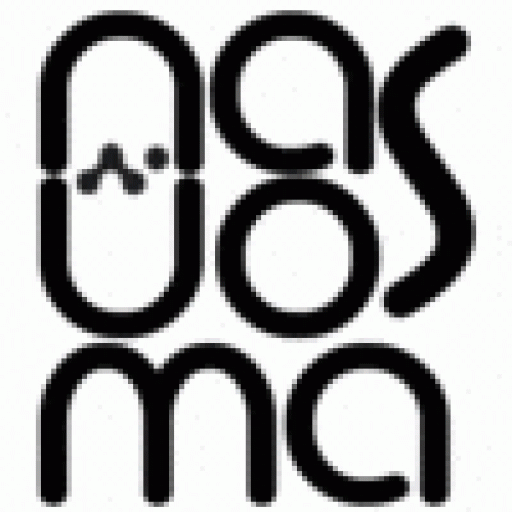While the world races showing their technological competency, even to the extent of finding potable water on Mars, there are pressing issues on the dear mother earth with roughly 70% water yet less and less potable even in the most developed economies.
There are many reasons such as over-extraction of groundwater, water pollution, discharge of industrial waste, water management, climate change and conflicts around water.
With the advent of miniaturization and the availability of commercial level sensors, there are invariably many areas that government, private utilities can benefit from on demand data and analytics that could be derived from these remotely connected and controlled IoT sensors.
This remote measuring and monitoring helps in keeping the level of our potable and river water safe for marine life, which eventually ends up in the food chain.
- pH Level Measurement: It is key to know the pH level of the water you drink, which is the key indicator for its acidity or alkalinity, a imbalance could harm the suitability of water not for just home consumption but also for industrial or agricultural use.
- Nutrient Detection: Sensors can detect in real-time levels of nutrients like nitrates and phosphates, if it exceeds it can lead to harmful algal blooms and eutrophication, affecting the water quality.
- Chemical Contaminant Detection: Sensors are also useful to detect specific chemicals and pollutants such as heavy metals, pesticides or industrial pollutants.
- Dissolved Oxygen levels (DO): DO sensors measure the amount of oxygen dissolved in water, which is very critical for the survival of aquatic organisms, low values of DO is a sign of pollution.
- Conductivity or Salinity Measurement: DO sensors measure the amount of oxygen dissolved in water, which is very critical for the survival of aquatic organisms, low values of DO is a sign of pollution.
- Harmful Bacteria or Pathogens: Especially in drinking and recreational waters, it is important to measure bacteria or pathogens, there are industrial biological sensors to overcome these issues.
Thus, with above innovation, IoT networks can really help the biggest challenge of providing potable and other form of water to humans, marine life and industries thereby safeguarding public health and environmental well-being.



